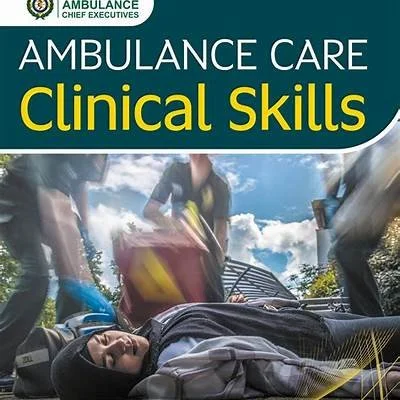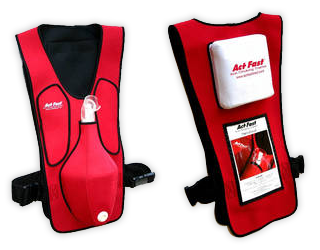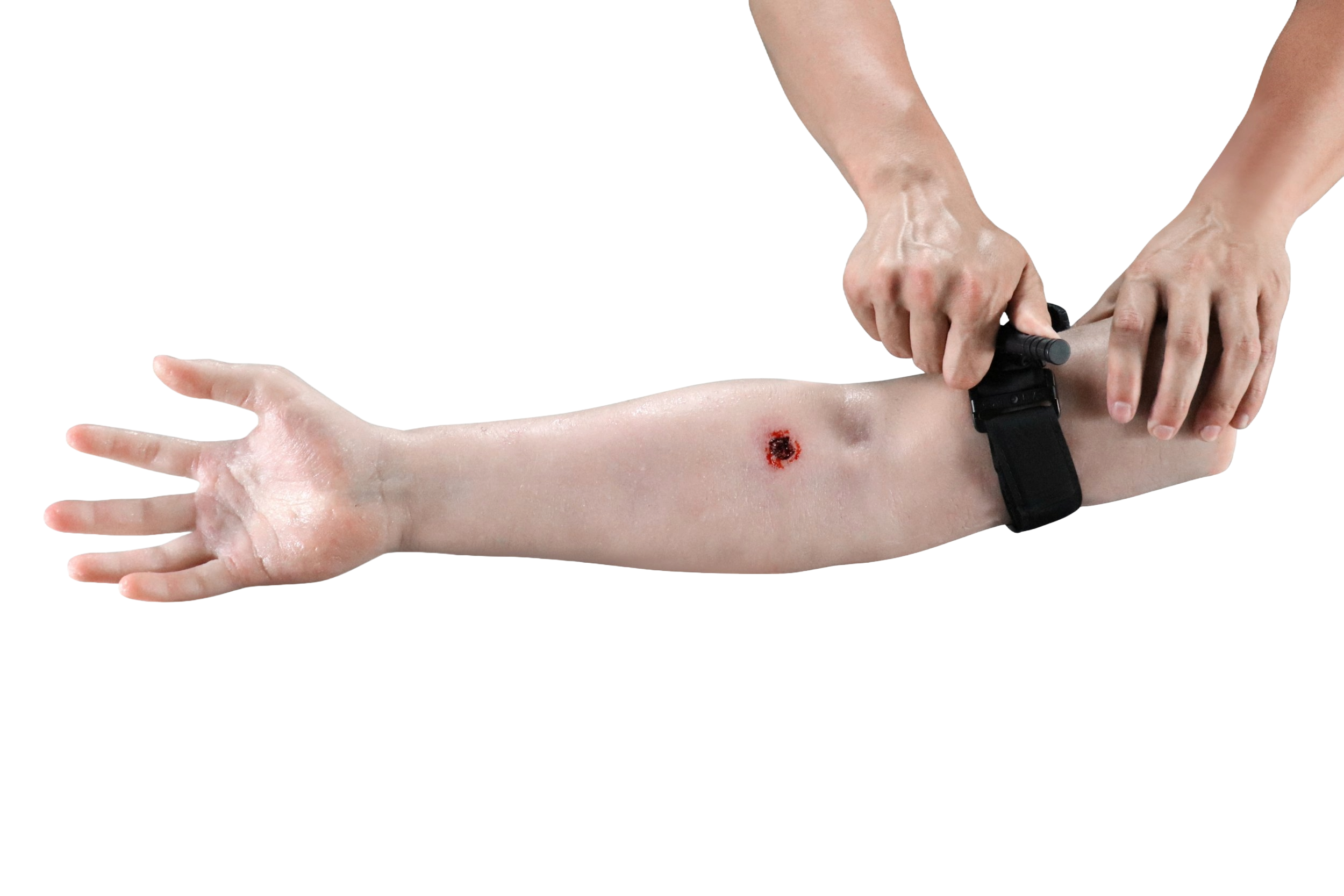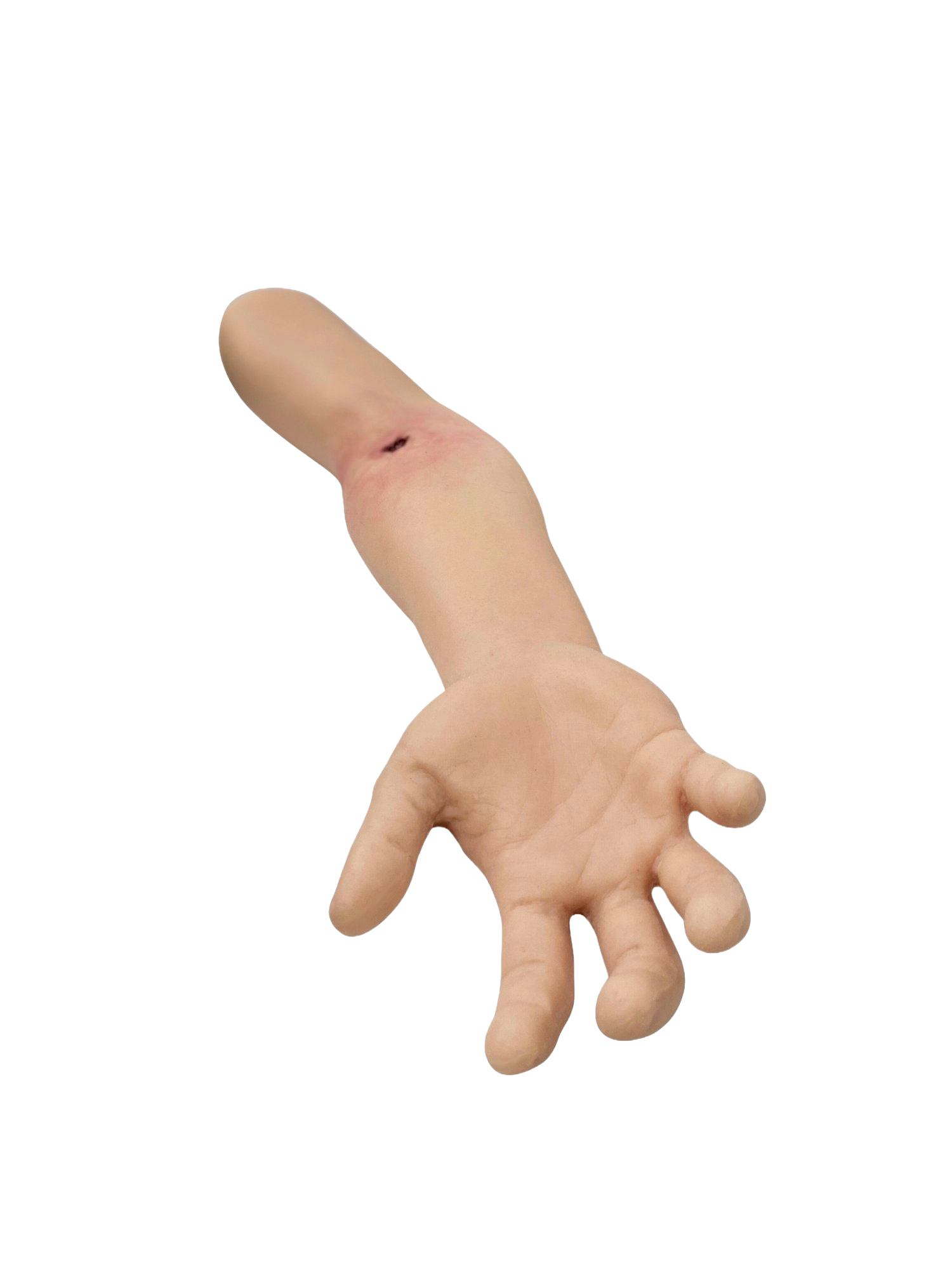 Image 1 of 1
Image 1 of 1


Ambulance Care Essentials
Overview:
This second edition of Ambulance Care Essentials offers a complete guide to the skills, knowledge and understanding required to work as a support worker or similar within the ambulance service. Covering fundamental elements of the role, the book combines theoretical aspects of communication, legal and ethical issues and safeguarding with more practical areas such as manual handling, medical emergencies and a range of clinical skills. It includes in-depth chapters on the primary areas of patient assessment as well as covering different patient populations across the lifecourse.
Key features include:
Clearly illustrated, step-by-step instructions for a range of practical skills and procedures including how to handle different types of trauma and cardiac arrest
Detailed anatomical diagrams to provide the reader with the necessary context to carry out the practical elements of their job more effectively
Evidence-based throughout and up-to-date with the latest guidance, policy and research
Specific chapters on each area of patient assessment and how to manage this effectively
Chapters dedicated to various patient populations such as obstetrics, paediatrics and older people
In-depth chapter on supporting senior clinicians and how best to assist the paramedic as a support worker
This second edition has been brought up to-date with the latest national guidance. The book is appropriate for a Level 3 diploma course or similar that qualifies you to work as a support worker and covers learning objectives from a range of courses offered by ambulance services. It is an essential resource for anyone wanting to prepare themselves for a role within the ambulance service as well as those hoping to become a more effective member of an emergency ambulance crew.
Table of Contents:
List of Abbreviations
Acknowledgements
Foreword
1. Introduction
2. The Ambulance Service
3. Communication
4. Legal, Ethical and Professional Issues
5. Safeguarding
6. Health and Safety
7. Manual Handling
8. Scene Assessment
9. Patient Assessment
10. Airway
11. Breathing
12. Circulation
13. Disability
14. Exposure
15. Medical Emergencies
16. Trauma
17. Assisting the Paramedic
18. Obstetrics
19. Children and Infants
20. Learning Disabilities
21. Older People
22. Cardiac Arrest
References
Glossary
Index
Overview:
This second edition of Ambulance Care Essentials offers a complete guide to the skills, knowledge and understanding required to work as a support worker or similar within the ambulance service. Covering fundamental elements of the role, the book combines theoretical aspects of communication, legal and ethical issues and safeguarding with more practical areas such as manual handling, medical emergencies and a range of clinical skills. It includes in-depth chapters on the primary areas of patient assessment as well as covering different patient populations across the lifecourse.
Key features include:
Clearly illustrated, step-by-step instructions for a range of practical skills and procedures including how to handle different types of trauma and cardiac arrest
Detailed anatomical diagrams to provide the reader with the necessary context to carry out the practical elements of their job more effectively
Evidence-based throughout and up-to-date with the latest guidance, policy and research
Specific chapters on each area of patient assessment and how to manage this effectively
Chapters dedicated to various patient populations such as obstetrics, paediatrics and older people
In-depth chapter on supporting senior clinicians and how best to assist the paramedic as a support worker
This second edition has been brought up to-date with the latest national guidance. The book is appropriate for a Level 3 diploma course or similar that qualifies you to work as a support worker and covers learning objectives from a range of courses offered by ambulance services. It is an essential resource for anyone wanting to prepare themselves for a role within the ambulance service as well as those hoping to become a more effective member of an emergency ambulance crew.
Table of Contents:
List of Abbreviations
Acknowledgements
Foreword
1. Introduction
2. The Ambulance Service
3. Communication
4. Legal, Ethical and Professional Issues
5. Safeguarding
6. Health and Safety
7. Manual Handling
8. Scene Assessment
9. Patient Assessment
10. Airway
11. Breathing
12. Circulation
13. Disability
14. Exposure
15. Medical Emergencies
16. Trauma
17. Assisting the Paramedic
18. Obstetrics
19. Children and Infants
20. Learning Disabilities
21. Older People
22. Cardiac Arrest
References
Glossary
Index















